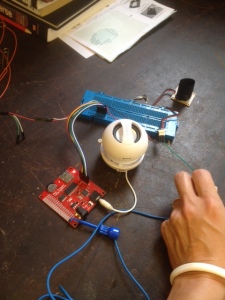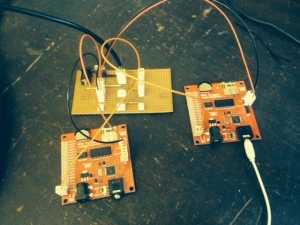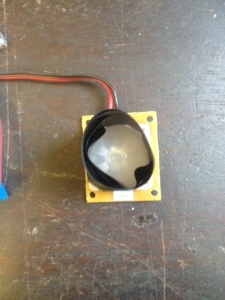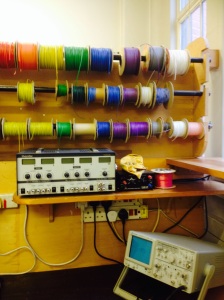I am working on Poetics of (Outer) Space – a large scale sound installation comprising data from the Kepler mission that has been developed during my Leverhulme Residency with the HiROS team at University of Birmingham. The Kepler mission surveys the portion of our region of the Milky Way shown in the image below, with the Kepler Field of View located between the constellations of Cygnus and Lyra.
The image below left shows the individual 42 camera views.
Below is a screenshot of a section of one of the Kepler Full Frame images. I have zoomed in on one of the Full Frame images that can be accessed on the NASA Kepler mission site. Light curves derived from these images, provide the scientists with the data they need to study the stellar oscillations.






